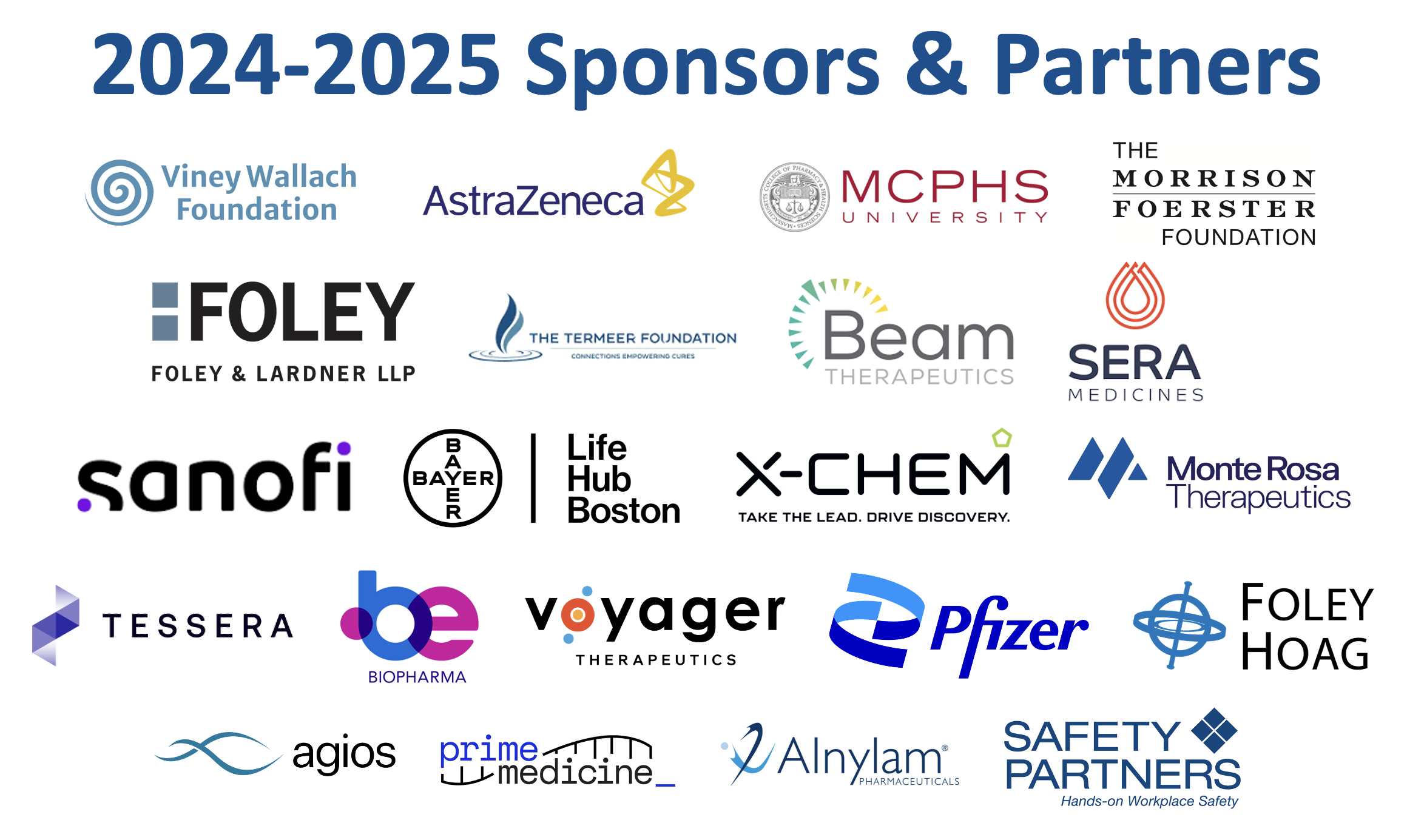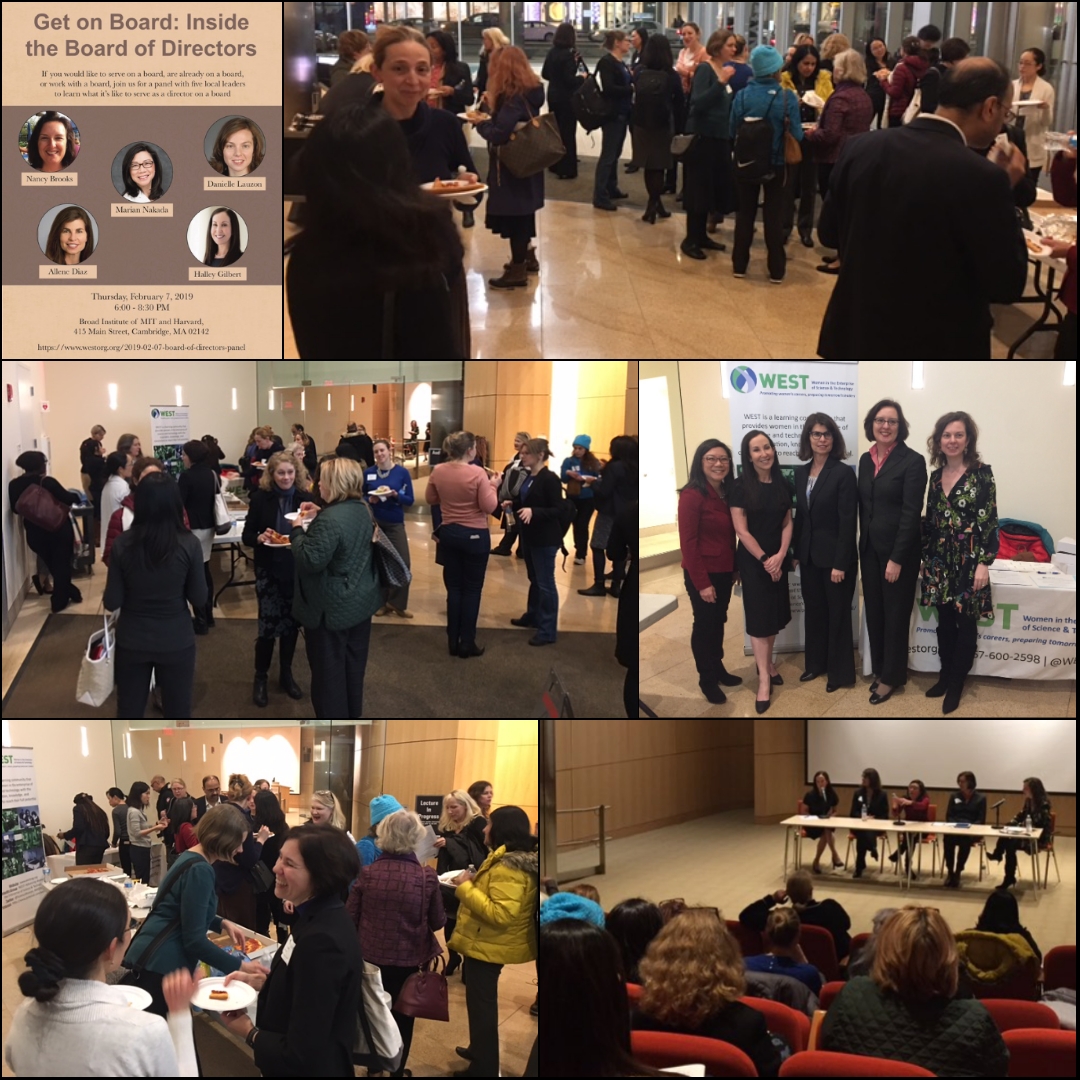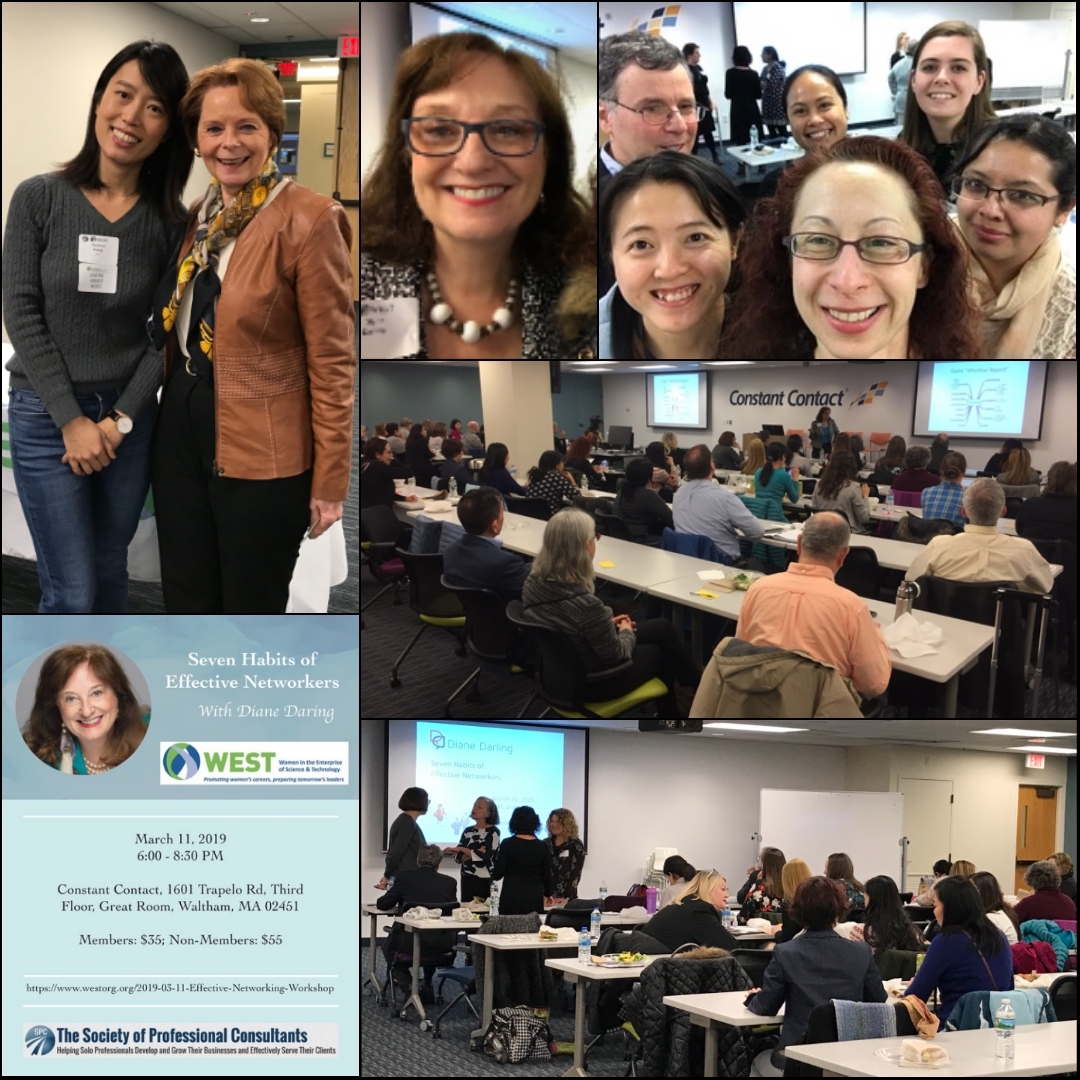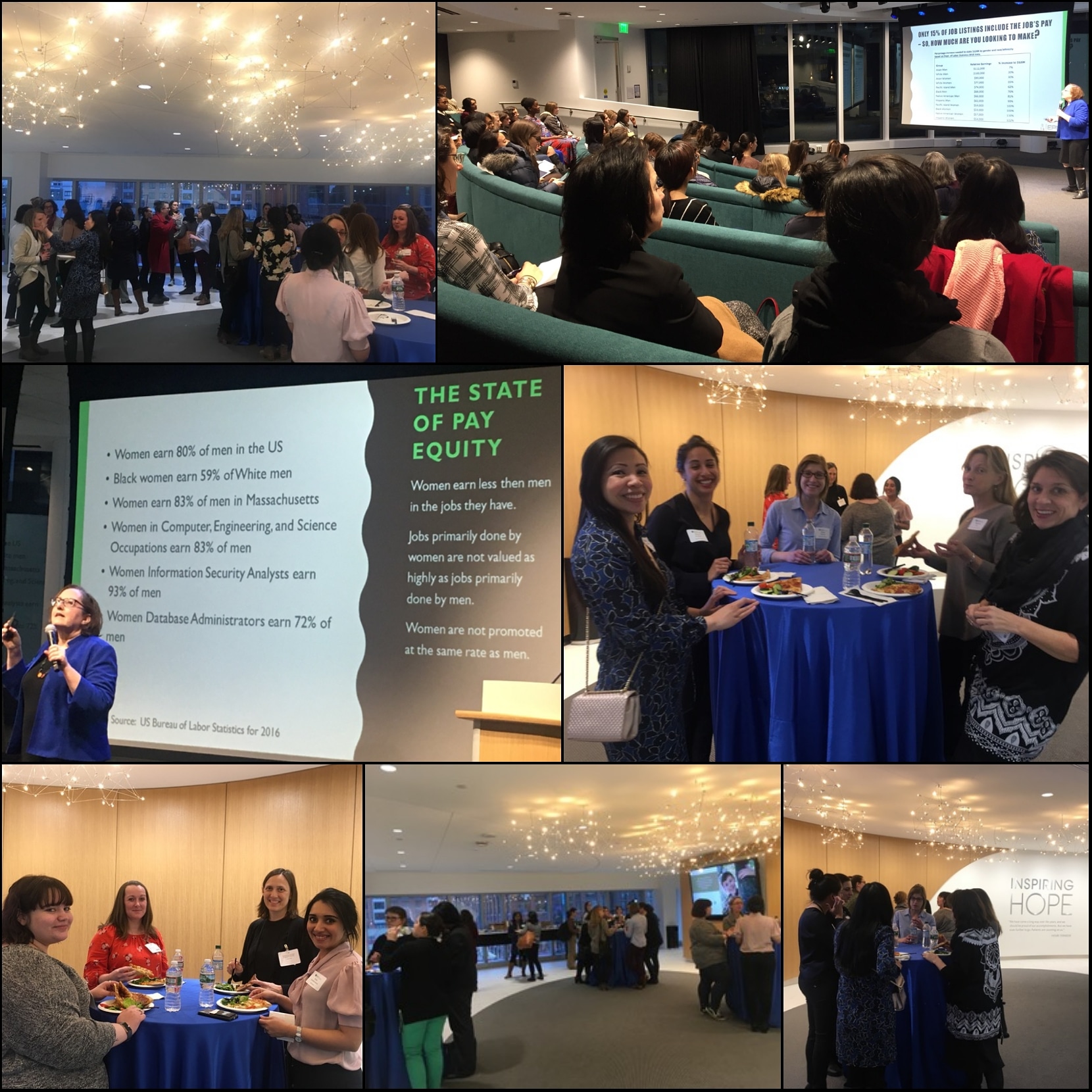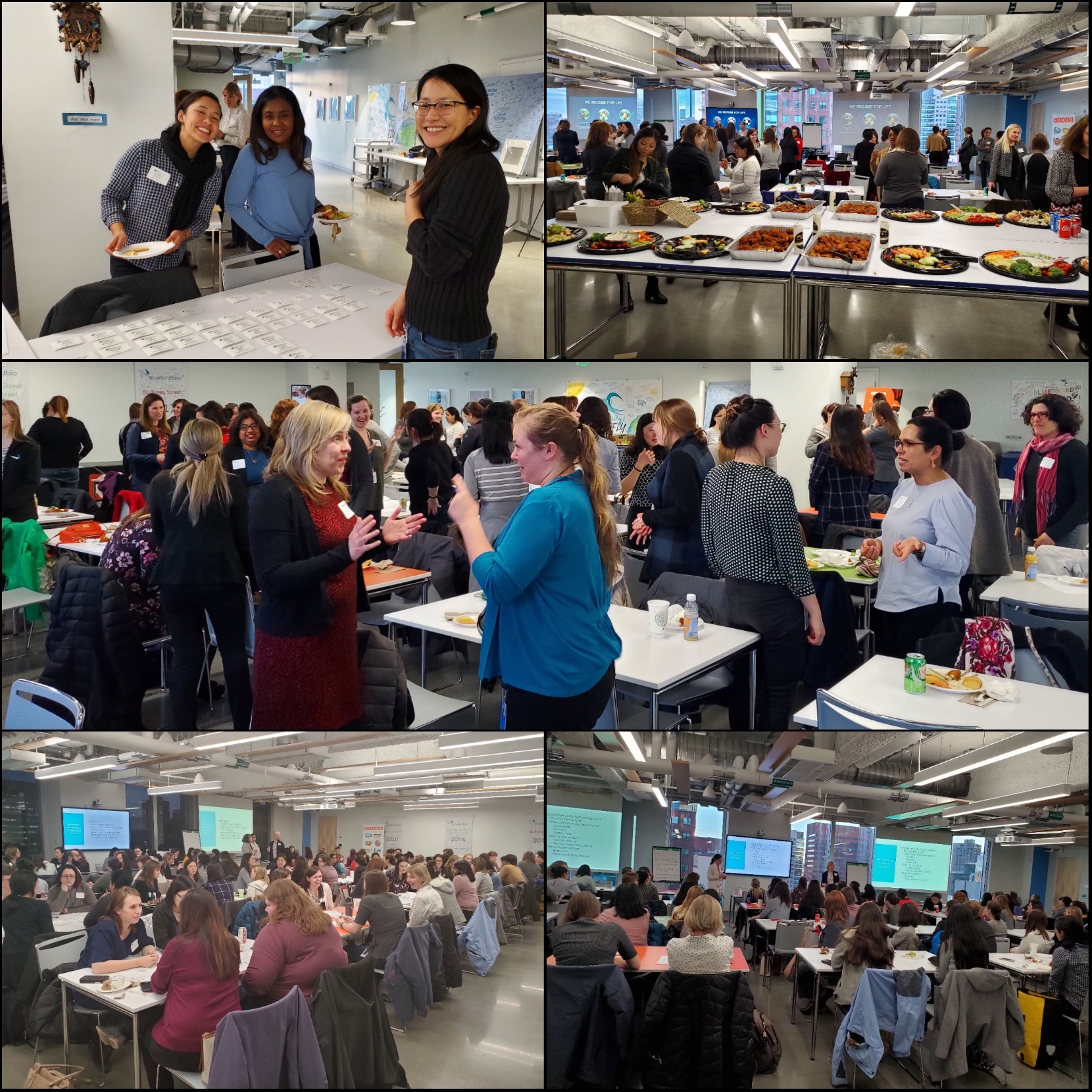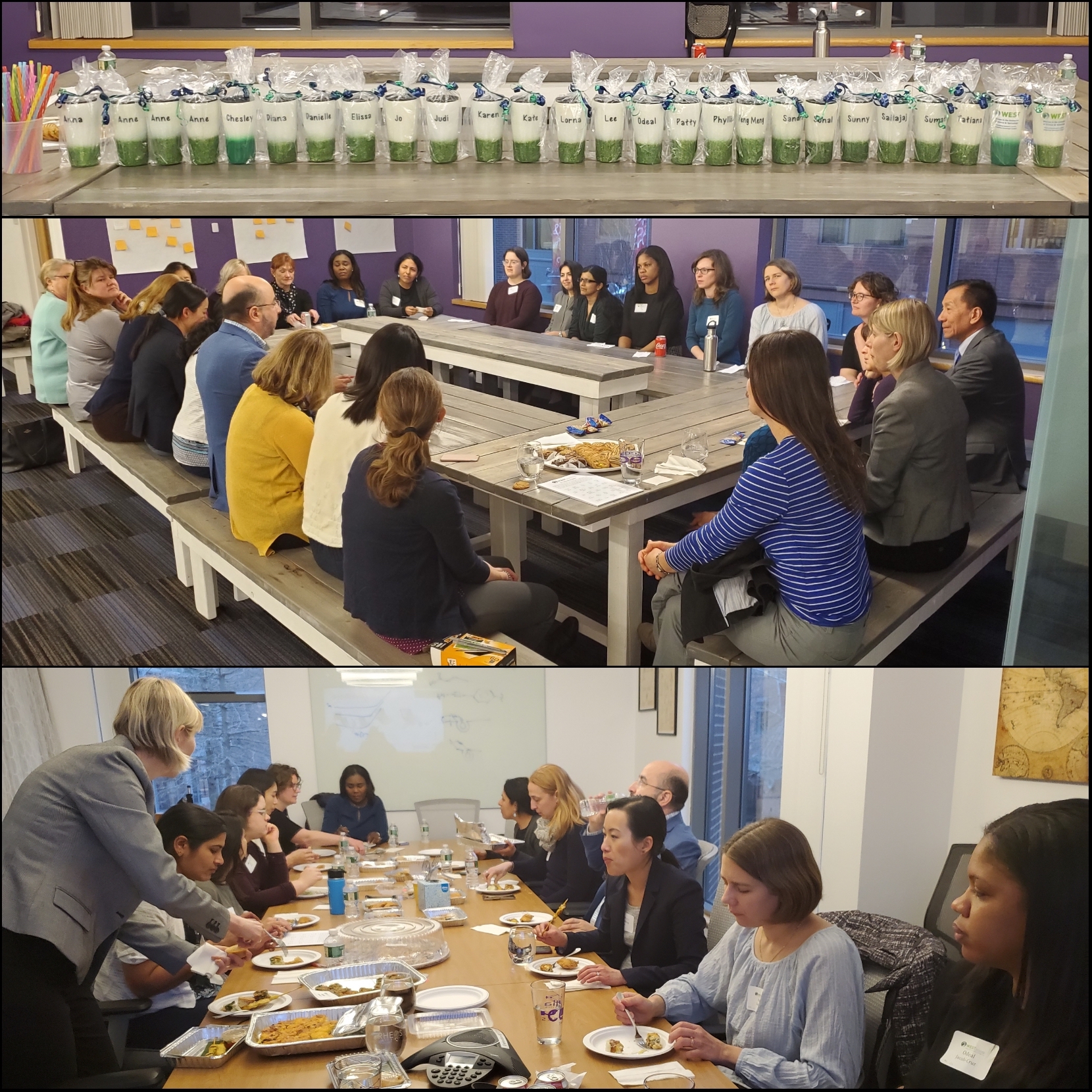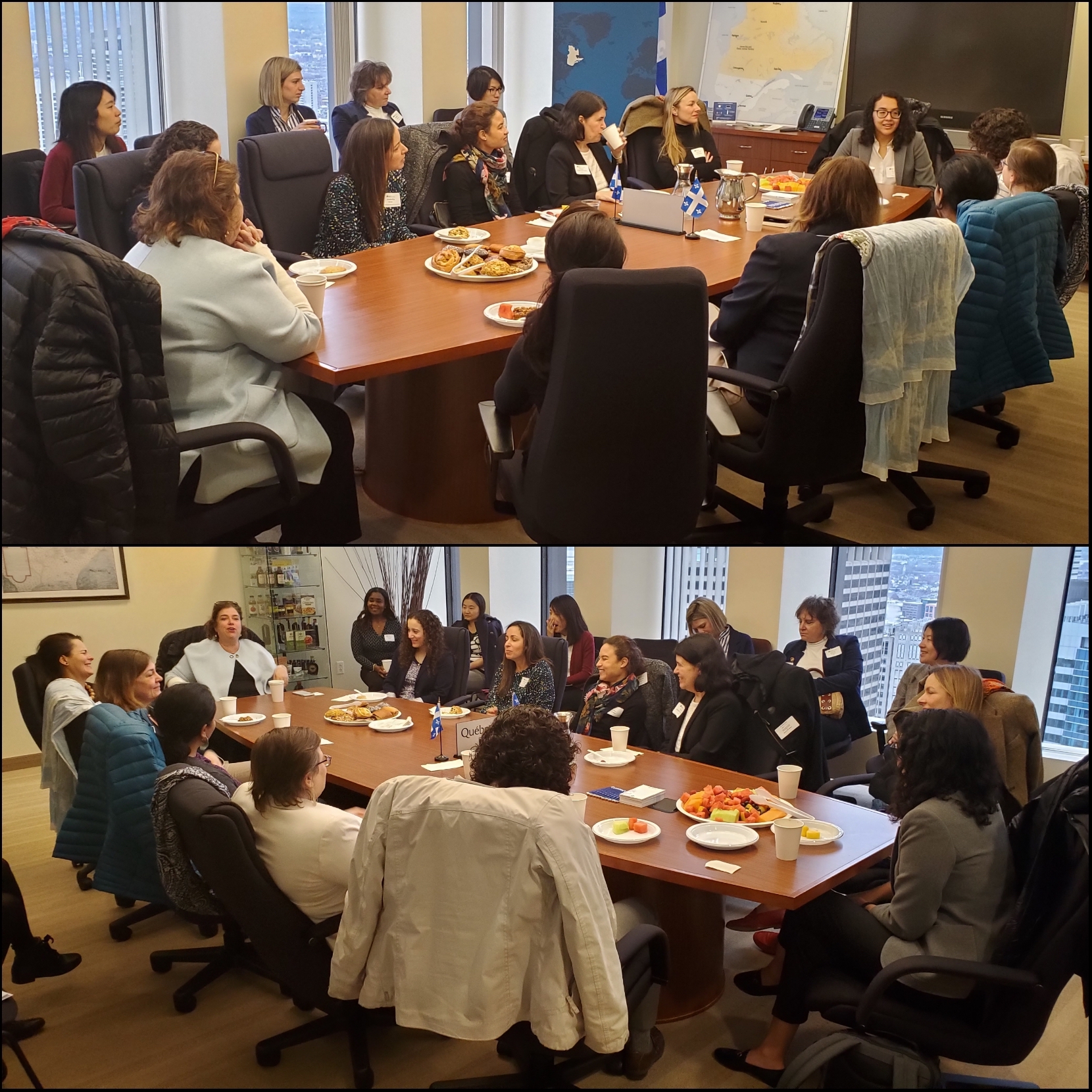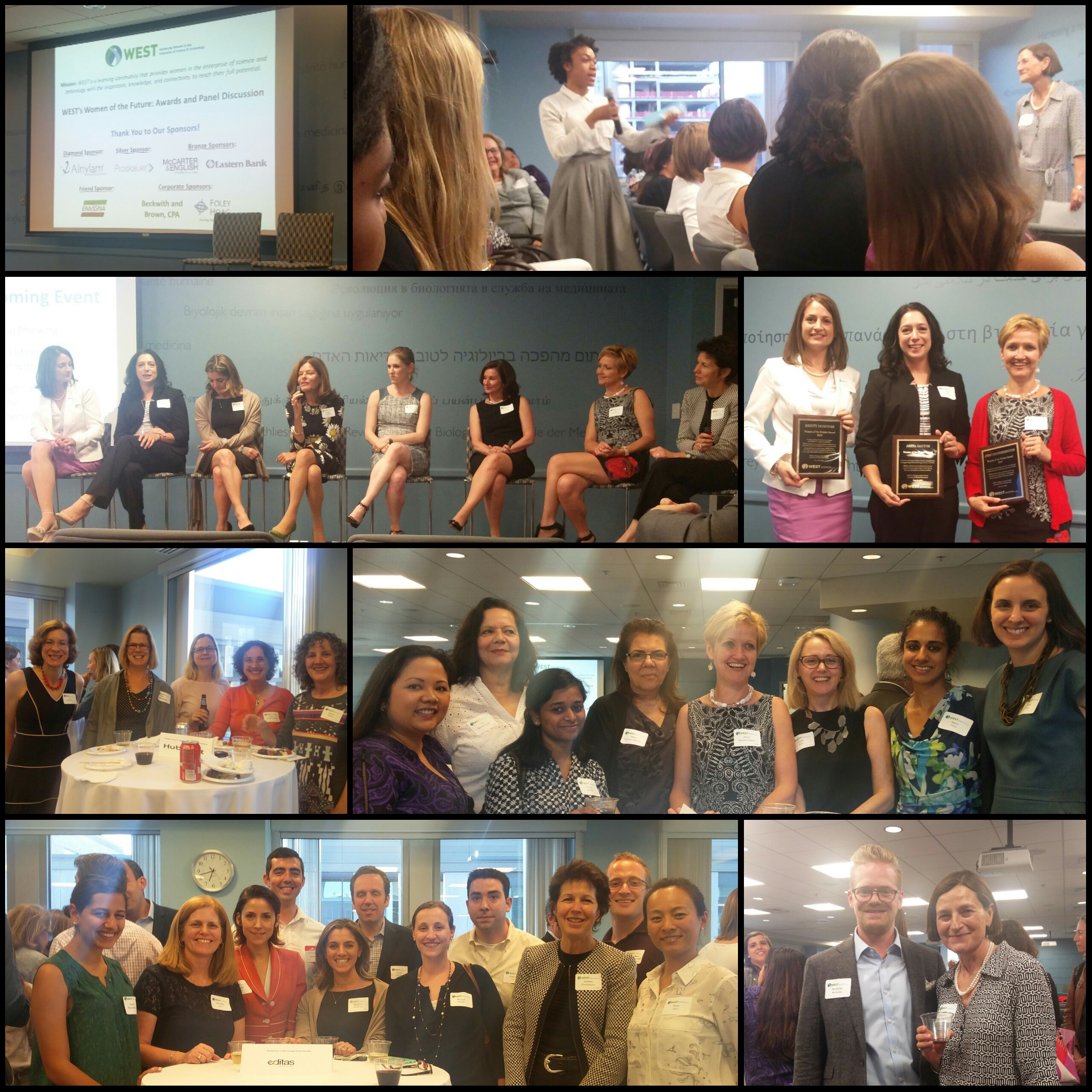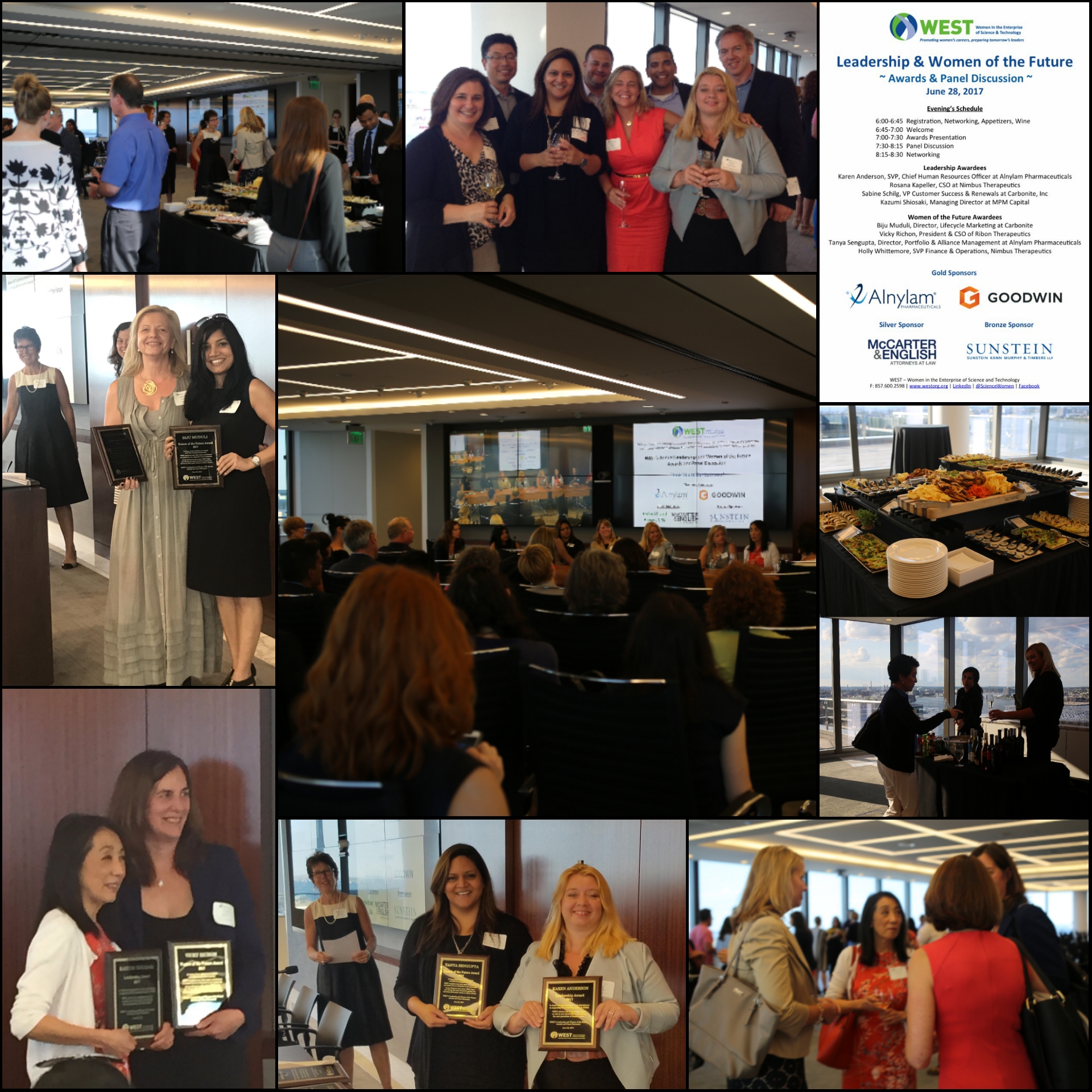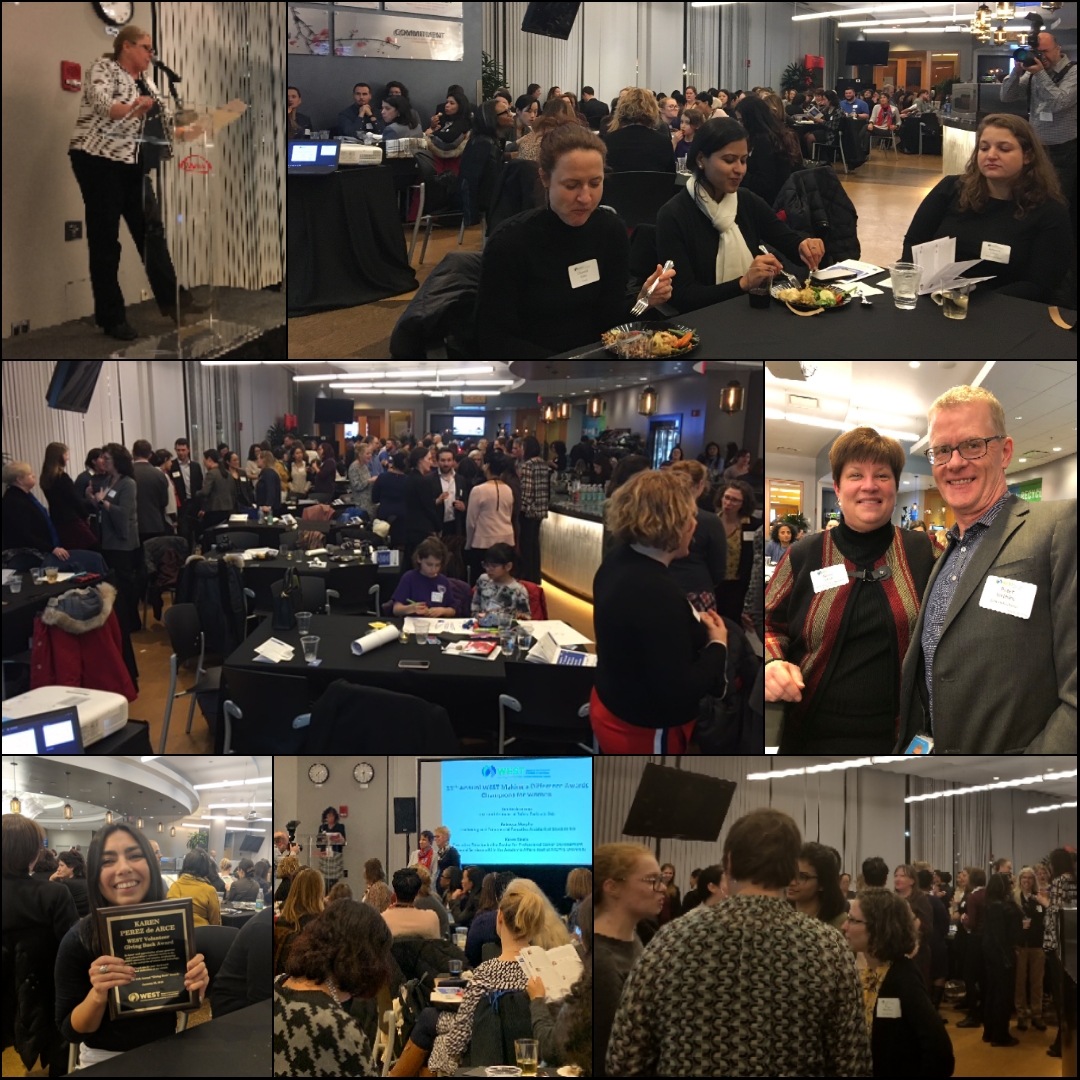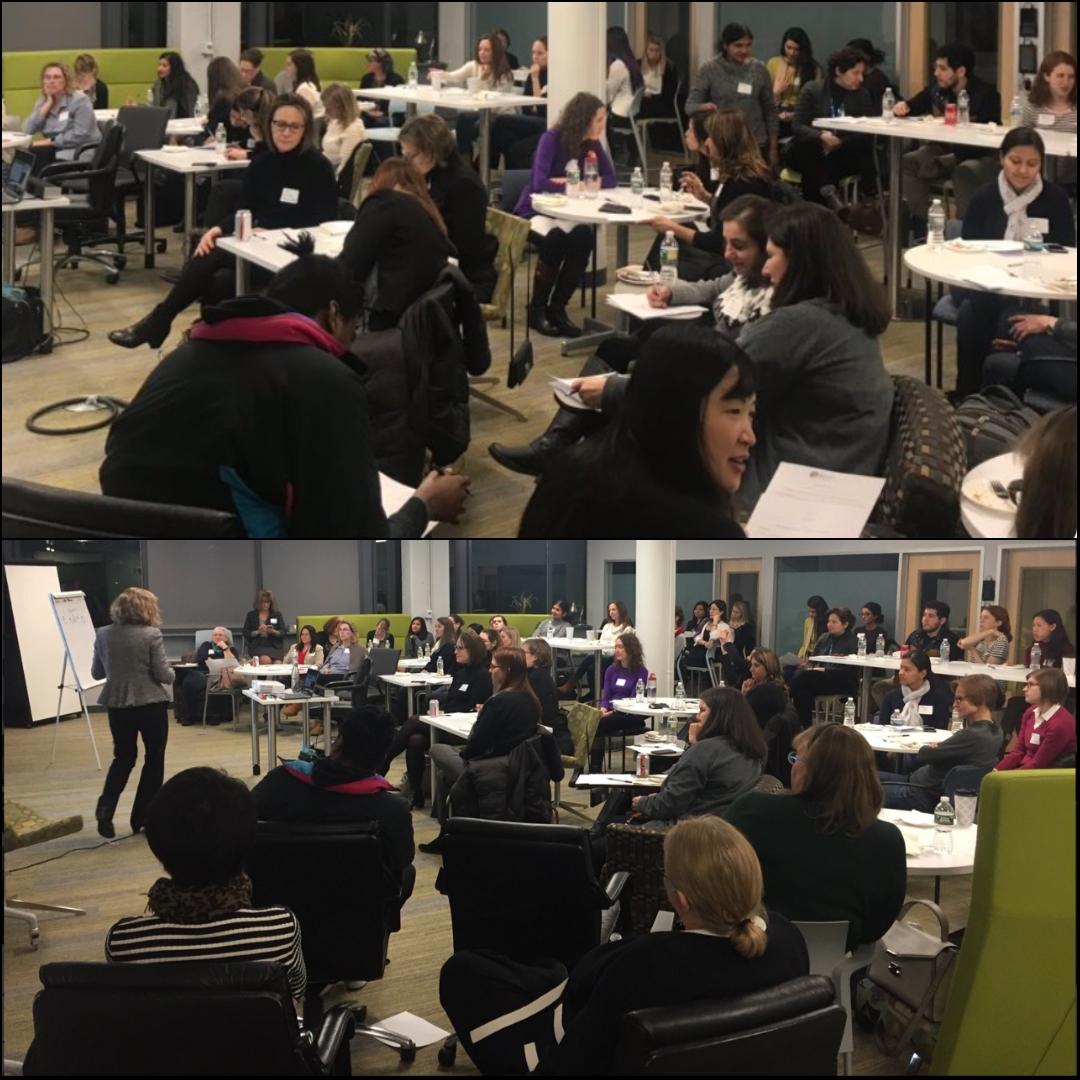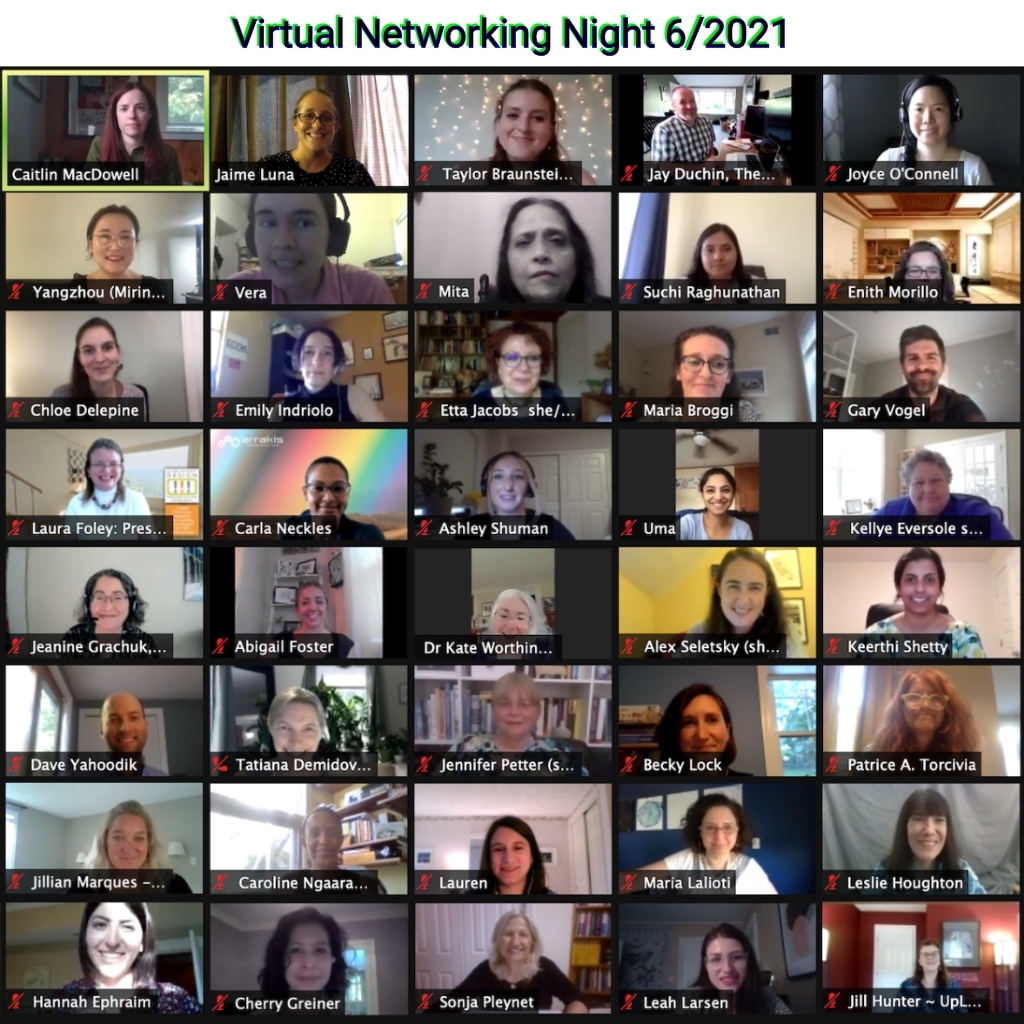Tips on Productive Meetingsby Karen D’Amour, M.S. February 16, 2009
It is estimated that over 80% of business leaders assess managerial ability on the basis of how people participate in meetings, and that the average worker spends over 5 hours per week in meetings. People also tend to get gloomier and more anxious about their work as they spend more time in meetings that are unproductive.
A recent WEST workshop* offered tips on how to make meetings more productive through concrete tools to structure the meeting correctly, rather than trying to change the leaders’ or participants’ behavior which is often difficult to sustain over time.
Tools for Planning the Meeting Planning for a meeting is probably the most important step and can eliminate many of the challenges of holding effective meetings. 1. FARE – is an acronym that stands for the four key characteristics of an effective purpose statement for a group discussion in a meeting: future focused, actionable, result focused and engaging. A FARE statement helps all participants have a clear idea of what is the intended outcome of the discussion. There may be several FARE statements within a meeting agenda. 2. STARS agenda – is an acronym that stands for the 5 key characteristics of an effective agenda: specific (see FARE), timed (see Time Management Tips), actionable, relevant and shared. By structuring the agenda using the STARS model and sharing it ahead of time, participants have a chance to reflect on the outcome of the meeting and prepare to contribute. 3. Principle of 8 – is a way of structuring meetings to respect the fact that 8 is the maximum number of people who are physically able to hold one sustained conversation. There are strategies to break down the whole group into smaller groups of 8 or fewer people to discuss key points and then report back to the whole (see 1-2-All). 4. Time Management Tips – a few key tips were to allow at least 5 minutes for each agenda item, to limit presentations to 15 minutes and to designate a timekeeper for the meeting (see Four Roles).
Tools for Conducting the Meeting 5. 1-2-All – is a discussion process that gives everyone a chance to share his/her thoughts. After introducing a subject or question to be addressed by the group, first allow individual reflection (the “1”), then share thoughts with 2 or more people (the “2”) and then report back to the whole group (the All). 6. Four Roles – is a way to share responsibilities for running an effective meeting. These roles are the discussion leader, the timekeeper, the recorder (see Visible Note Taking) and the information manager/minutes. 7. Go-Round – is a process of giving each person a brief turn to speak to the point or decision in front of the group, and for everyone else to listen. Ask people to take turns speaking to the point of the discussion for 1-2 minutes, and no one can speak twice before everyone has spoken once. 8. PALPaR – is an acronym that stands for present, ask, listen, pause and reply. It is a process for gathering feedback on some proposal or report in a way that demonstrates listening and reflection on the feedback and avoids defensive reactions. 9. Three Reaction Questions – is a simple way to get a balanced reaction to some proposal or topic. The three questions are: “What do you like about the idea?”, “Where do you need further information?” and “Where do you have concerns?” 10. Visible Note Taking – is the practice of maintaining visible notes throughout the group’s conversation in order to support the ongoing discussion (on a flip chart or white board).
Tools for Achieving Results 11. 80/20 Rule – is a reminder to meeting participants that in most decision situations, the group agrees on 80% of the area under discussion, but only disagrees on 20%. Emphasize that areas of disagreement will be acknowledged and respected, but ask that they not become the focus of the group’s discussion. The group will decide on actions based on the 80% on which they agree, and revisit the other 20% after they have made progress. 12. Decisions Five Ways – is a structured way to think about how decisions are made in meetings. The five approaches are: consensus, consent, compromise, count and decide with input. Each strategy has strengths and weaknesses and the strategy chosen will depend on the specific situation. The group should be told how the decision is to be made at the beginning of the discussion.
The WEST Event "Productive Meetings Workshop" was held on February 9, 2009 in Cambridge MA, and was led by Rick Lent, PhD a principal at BrownfieldAndLent.
|

